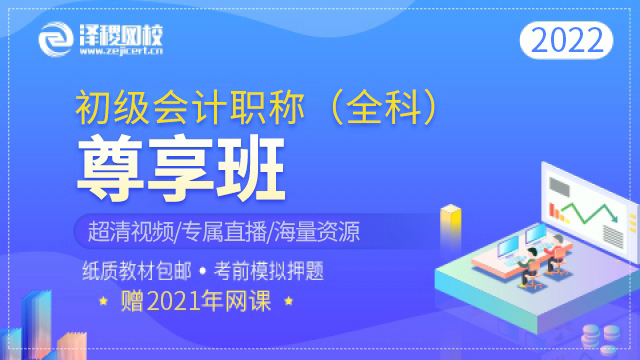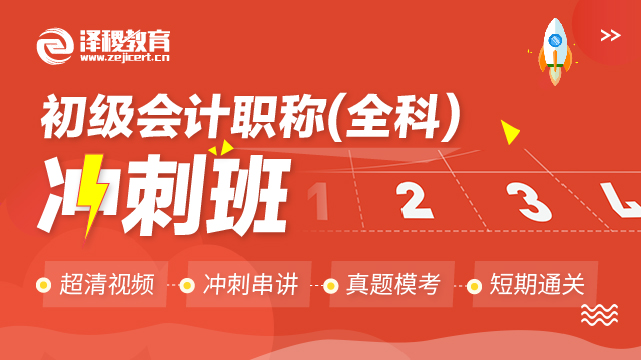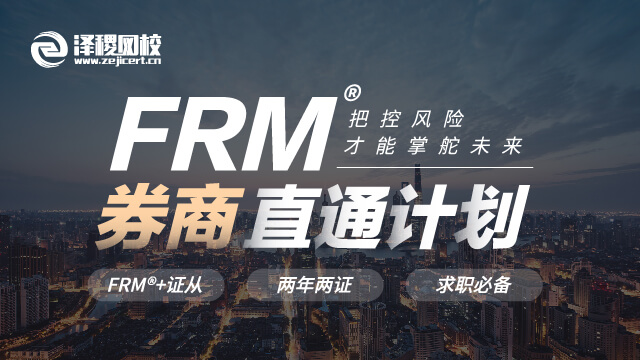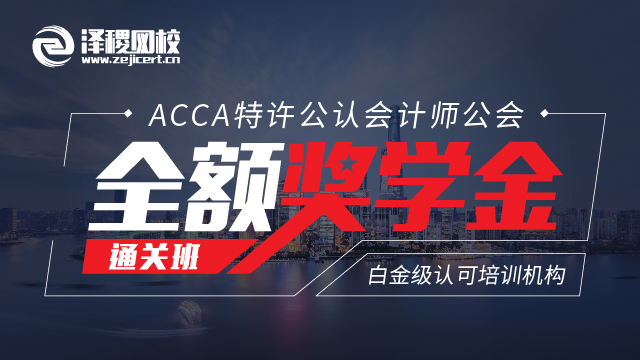A currency swap is an agreement in which two parties exchange the principal amount of a loan and the interest in one currency for the principal and interest in another currency.
At the inception of the swap, the equivalent principal amounts are exchanged at the spot rate.
During the length of the swap each party pays the interest on the swapped principal loan amount.
At the end of the swap the principal amounts are swapped back at either the prevailing spot rate, or at a pre-agreed rate such as the rate of the original exchange of principals. Using the original rate would remove transaction risk on the swap.
Currency swaps are used to obtain foreign currency loans at a better interest rate than a company could obtain by borrowing directly in a foreign market or as a method of hedging transaction risk on foreign currency loans which it has already taken out.
We will consider how a fixed for fixed currency swap works by looking at an example.
An American company may be able to borrow in the United States at a rate of 6%, but requires a loan in rand for an investment in South Africa, where the relevant borrowing rate is 9%. At the same time, a South African company wishes to finance a project in the United States, where its direct borrowing rate is 11%, compared to a borrowing rate of 8% in South Africa.
Each party can benefit from the other's interest rate through a fixed-for-fixed currency swap. In this case, the American company can borrow U.S. dollars for 6%, and then it can lend the funds to the South African company at 6%. The South African company can borrow South African rand at 8%, then lend the funds to the U.S. company for the same amount.
Currency swaps can also involve exchanging two variable rate loans, or fixed rate borrowing for variable rate borrowing. Let’s consider a case where a company exchanges fixed rate borrowing for variable rate borrowing.
Barrow Co, a company based in the USA, wants to borrow €500m over five years to finance an investment in the Eurozone.
Today’s spot exchange rate between the Euro and US $ is €1·1200 = $1.
Barrow Co’s bank can arrange a currency swap with Greening Co. The swap would be for the principal amount of €500m, with a swap of principal immediately and in five years’ time, with both these exchanges being at today’s spot rate.
Barrow Co’s bank would charge an annual fee of 0.4% in € for arranging the swap.
The benefit of the swap will be split equally between the two parties.
The relevant borrowing rates for each party are as follows:
Barrow Co
Greening Co
USA
3.6%
4.5%
Eurozone
EURIBOR + 1.5%
EURIBOR + 0.8%
We will see what the gain on the swap for each party will be.
Barrow Co
Greening Co
Benefit
USA
3.6%
4.5%
0.9%
Eurozone
EURIBOR + 1.5%
EURIBOR + 0.8%
0.7%
Gain on swap
0.8%
0.8%
1.6%
Bank fee
(0.2%)
(0.2%)
(0.4%)
Final gain
0.6%
0.6%
1.2%
The swap will then work as follows:
Barrow Co
Greening Co
Barrow Co borrows
3.6%
Greening Co borrows
EURIBOR + 0.8%
Swap
Greening Co receives
(EURIBOR)
Barrow Co pays
EURIBOR
Barrow Co receives
(2.9%)
Greening Co pays
2.9%
Net result
EURIBOR + 0.7%
3.7%
Bank fee
0.2%
0.2%
Overall result
EURIBOR + 0.9%
3.9%
The overall result show each party paying 0.6% less than they would have paid in they had borrowed directly in the foreign markets.
Barrow Co’s original principal amount of €500m would be exchanged at the inception of the swap for $446,428,517. The principal would be swapped back five years later, at the end of the agreement, at the original spot rate.
Written by a member of the P4 examining team
2016 ACCA学习资料大礼包(内含ACCA历年真题、考官文章、考官报告、备考宝典等实用学习资料),关注微信公众号:ACCA考友论坛(ID:ACCA-CHN)即可领取:



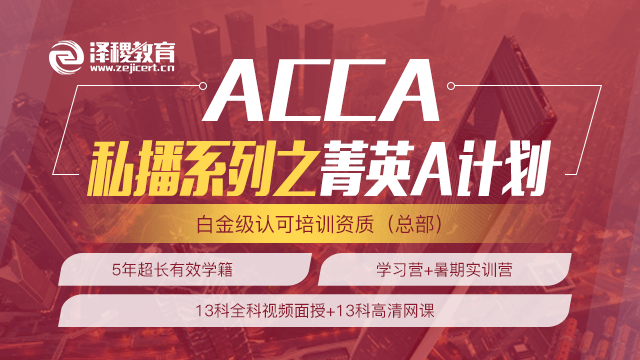

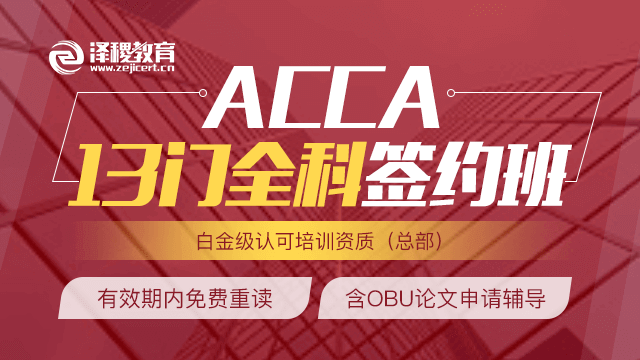
 白金级认可培训资质(总部)
白金级认可培训资质(总部)
 课程试听
课程试听
 职业规划
职业规划
 ACCA中文教材
ACCA中文教材
 考位预约
考位预约
 免费资料
免费资料

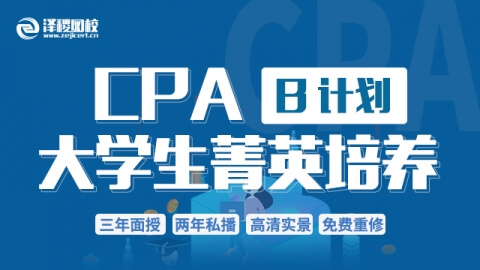


 题库下载
题库下载
 模拟机考
模拟机考
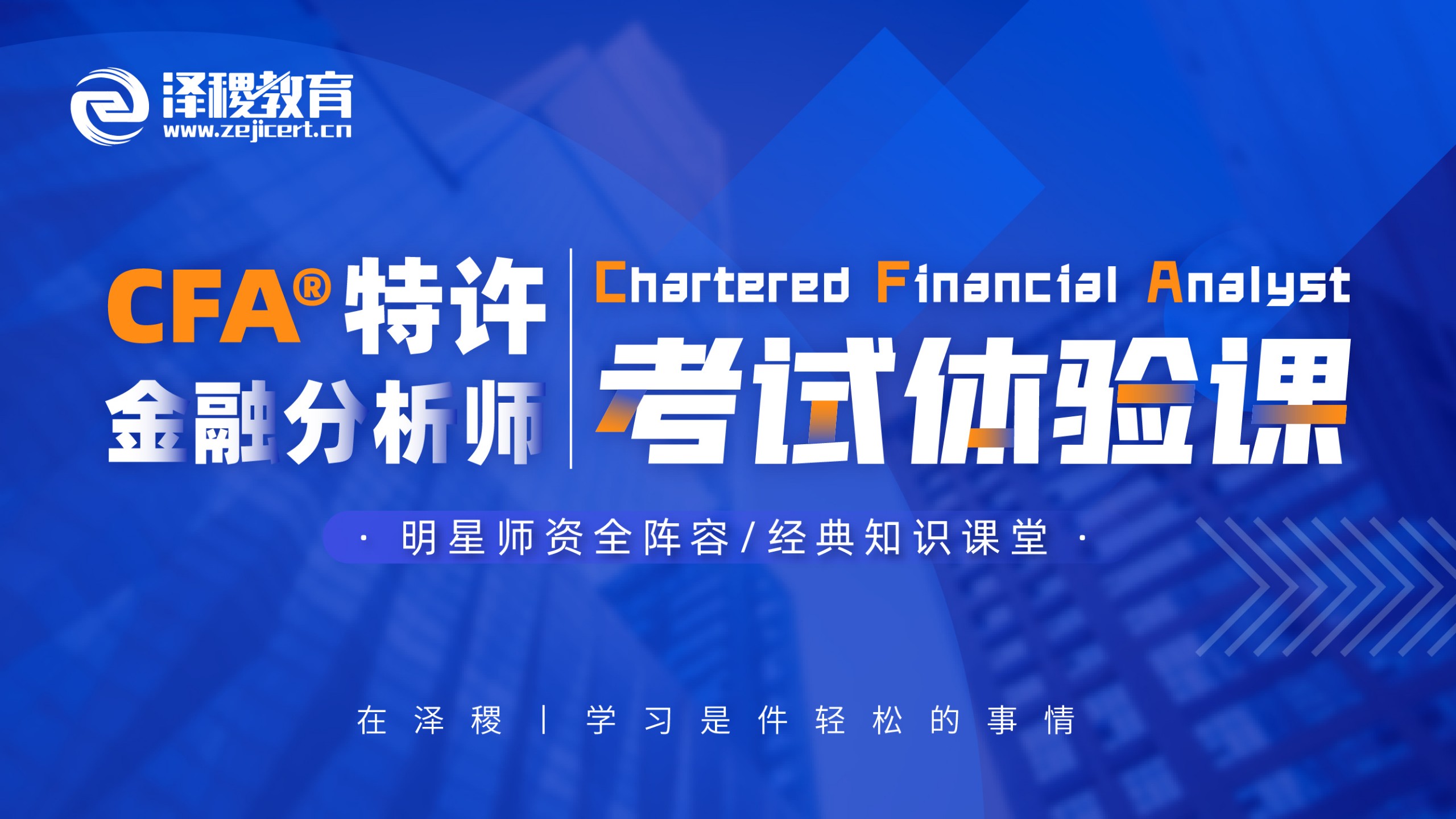

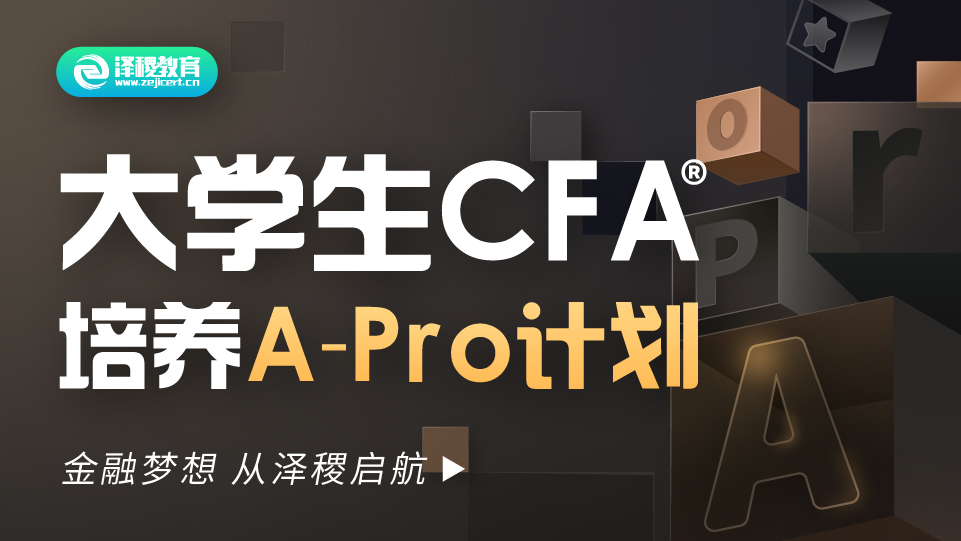

 CFA®成绩查询
CFA®成绩查询



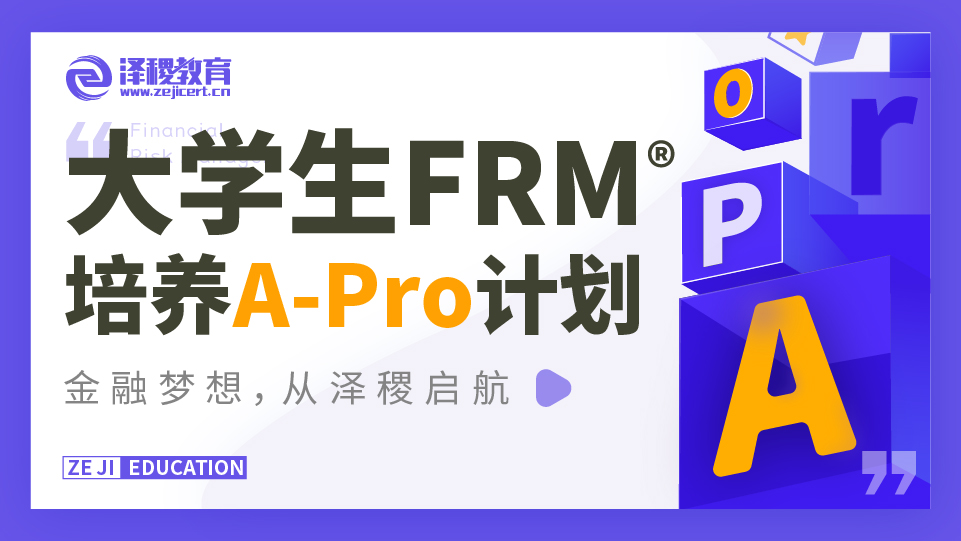
 GARP协会官方认可FRM®备考机构
GARP协会官方认可FRM®备考机构

